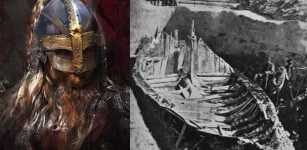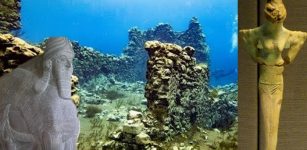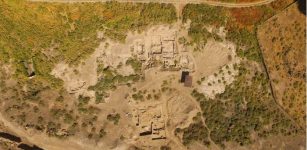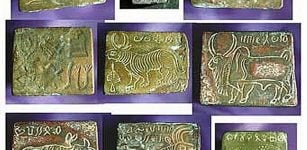Radar Discovery Of Unknown Space Beyond Tutankhamun’s Burial Chamber May Lead To Queen Nefertiti’s Tomb
Conny Waters – MessageToEagle.com – Nefertiti’s tomb has never been found, but there is now new hope scientists can finally locate the burial place of the lost ancient Egyptian queen.
Using ground-penetrating radar (GPR), researchers have scanned the area around the tomb of Tutankhamun in Egypt’s Valley of the Kings. The results of the study showed there are hidden chambers behind the tomb’s walls.
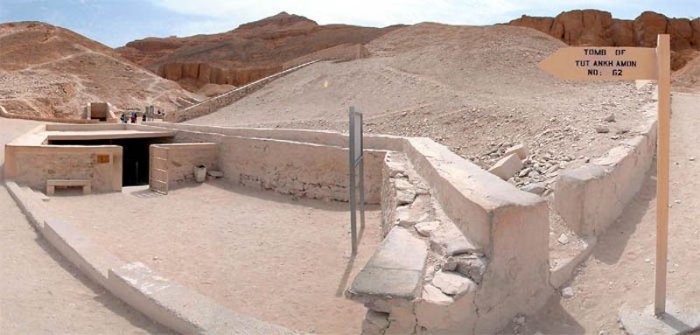
The entrance to Tutankhamun’s tomb in the Valley of the Kings, Luxor, Egypt. Credit: Lander, CC BY-SA 3.0
The discovery renews the controversial theory that the young pharaoh hides the existence of a larger tomb, which could contain the mysterious Egyptian queen Nefertiti.
Nefertiti, the most powerful woman of her time, has become a symbol of ancient Egypt, but we still know little about her. Why did she suddenly disappear after being elevated to near-equal status by King Akhenaten? Her life is just as mysterious as the location of her tomb.
Researchers led by archaeologist Mamdouh Eldamaty, a former Egyptian minister of antiquities report they have identified a previously unknown corridor-like space a few meters from the burial chamber belonging to Pharaoh Tutankhamun who was the last of his royal family to rule during the end of the 18th dynasty during the New Kingdom of Egyptian history.
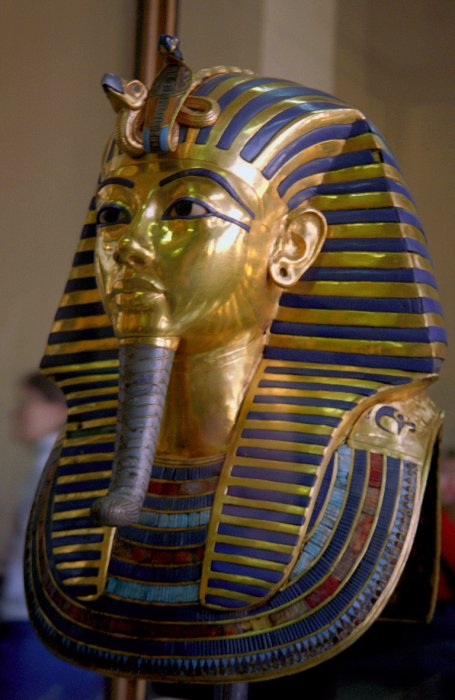
The Royal Cobra (Uraeus), representing the protector goddess Wadjet, atop the mask of Tutankhamun. Credit: Jerzy Strzelecki, CC BY-SA 3.0 – Learn more about ancient Egyptian symbols
Ray Johnson, an Egyptologist at the University of Chicago’s Oriental Institute in Luxor, Egypt who wasn’t involved in the study said this discovery is “tremendously exciting”. “Clearly there is something on the other side of the north wall of the burial chamber,” he added.
The preliminary findings are undoubtedly fascinating, but it’s not the first time scientists have investigated the possibility of extra chambers beyond Tutankhamun’s tomb. Previous studies produced conflicting results and there are those who say there is nothing to look for there.
One person who is not convinced Queen Nefertiti’s tomb is hidden behind King Tut’s burial chamber is Zahi Hawass, another former antiquities minister.
As Nature reports, Hawass “says that using geophysical techniques to search for tombs in Egypt has previously raised false hopes and he argues that such work should not be pursued. GPR “never made any discovery at any site in Egypt”, he claims. Hawass is himself searching for new tombs, including that of Nefertiti, but using more conventional techniques.”
See also:
Why Was Pharaoh Khafre Almost Wiped Out From Historical Records?
Pharaoh Merneptah – His Giant Sarcophagus And Unique Victory Stele
Ushabti: Servants Who Worked For Their Owners In Afterlife In Ancient Egyptian Beliefs
The radar survey of King Tut’s burial chamber has been controversial and led to scientific arguments, but some Egyptologists have responded to the finding with enthusiasm.
Johnson “doesn’t rule out the possibility of finding Nefertiti in the hidden space. But if the chamber turns out to belong to a different undiscovered tomb, he suggests it could hold Tutankhamun’s wife Ankhesenamun, whose tomb has not been found.
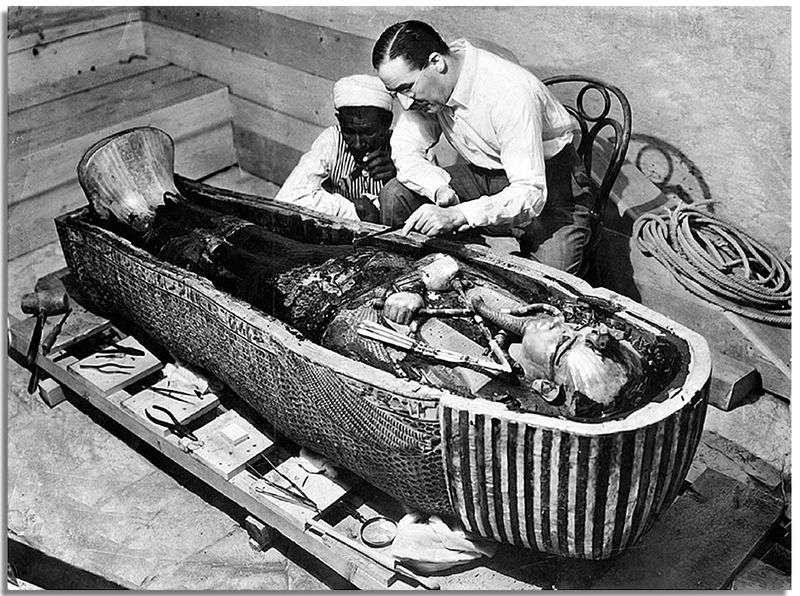
In 1902, Carter discovered the tombs of Hatshepsut and Thutmose IV; moreover, his research indicated the existence of a previously unknown pharaoh, Tutankhamun.
Reeves has high hopes, too. “If Nefertiti was buried as a pharaoh, it could be the biggest archaeological discovery ever,” he says. If the evidence continues to mount, he suggests, an international conference of experts should be convened to consider the next steps. Any physical investigation shouldn’t be rushed, he says, because digging through the bedrock would be extremely difficult, and drilling through the north wall of the burial chamber would damage its priceless artwork.”
See also: More Archaeology News
The tomb of the 14th-century pharaoh King Tutankhamun was unsealed and opened on February 16, 1923, by Howard Carter (1873 – 1939), an English archaeologist and Egyptologist.
The discovery of the intact tomb of Tutankhamen became one of the richest and most celebrated contributions to Egyptology. What secrets it still hides remains to be seen.
Written by Conny Waters – MessageToEagle.com – AncientPages.com Staff Writer




